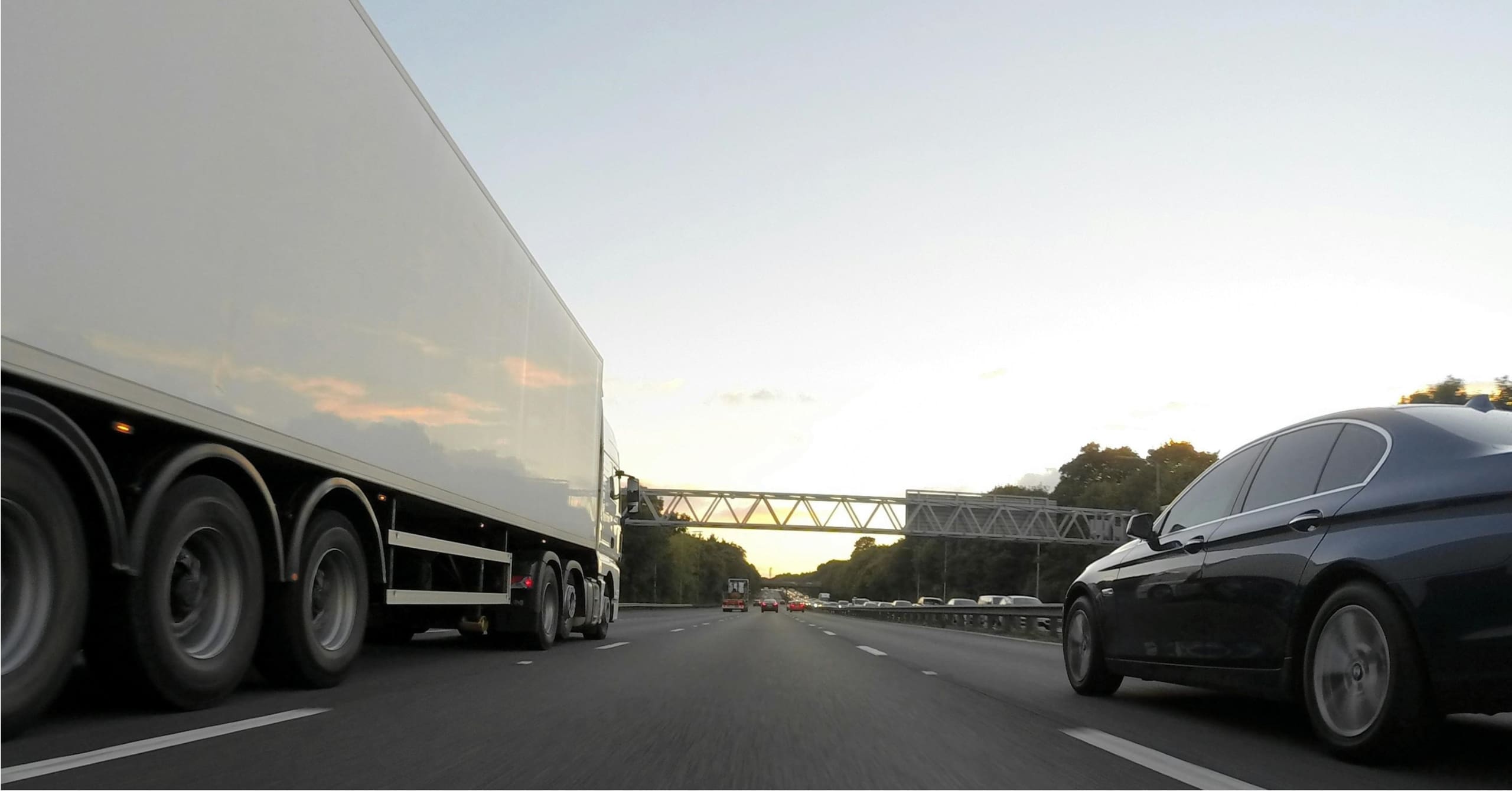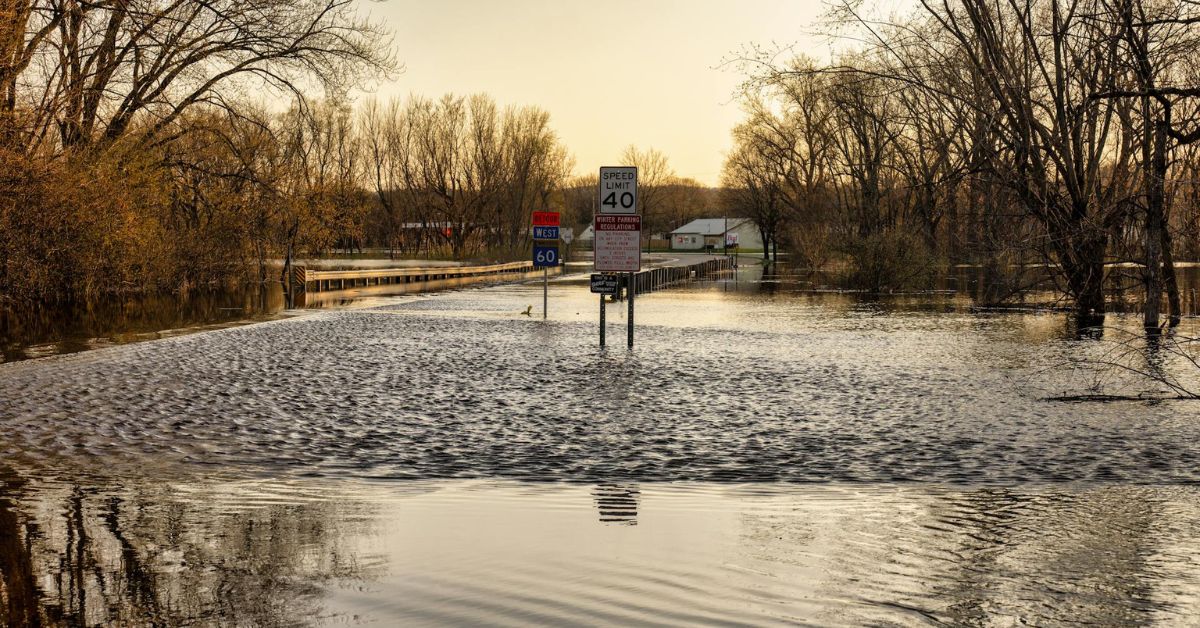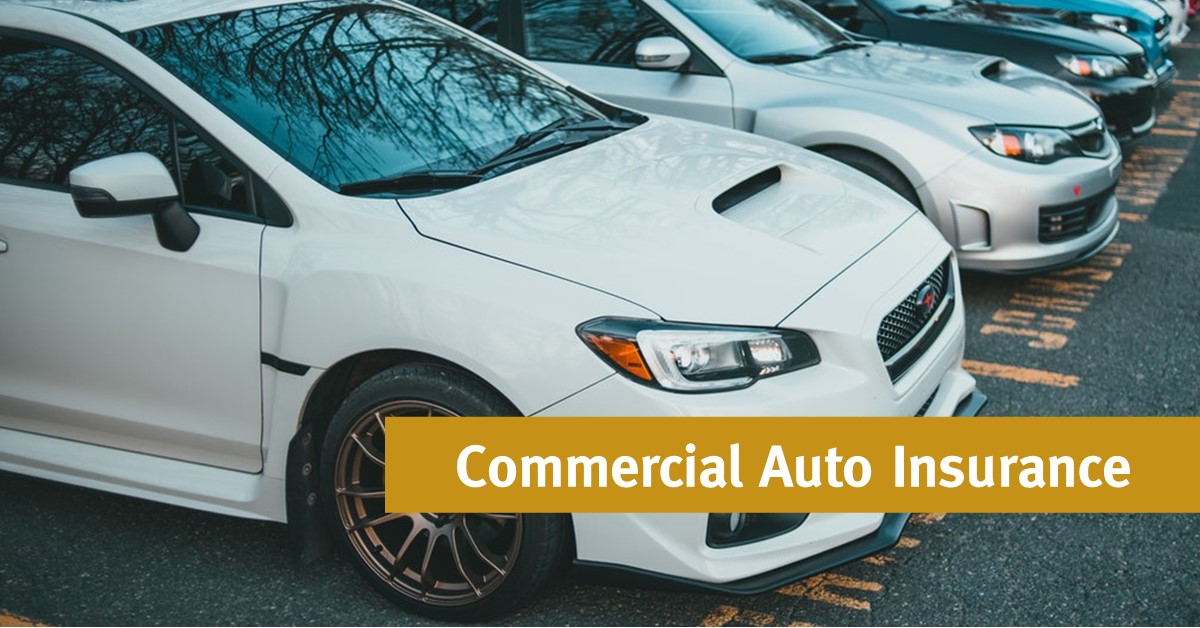Whether you own or lease a single business car or an entire fleet of commercial vehicles, you’ll need to purchase commercial auto insurance. Your insurance professional can help you weigh your risks and evaluate coverage options.
But even with insurance in place, you’ll want to take steps to prevent accidents and protect your employees and vehicles. Your business can reduce the chance of an accident by establishing and enforcing the following practices and policies.
Hard-and-Fast Driving Rules
When it comes to the safety of employees and the protection of your vehicles, you should set specific firm driving rules that must be followed at all times, including:
- Mandatory Seat Belt Use – Nearly every state has a seat belt law. Seat belt use helps prevent deaths and limit the severity of injuries in vehicle accidents. There is no reasonable excuse for not using a seat belt.
- Zero Tolerance for Intoxicants – Even one alcoholic beverage can impair a driver’s reaction time. Employees should never drink or use other intoxicants before using business vehicles.
- No Cellphone Use – Distracted driving is a leading cause of accidents, and cellphone use while driving is banned in some states. Prohibit employees from taking calls or texting while driving.
Vehicle Use Guidelines
Other rules may be more flexible, but you should consider instituting policies and adhering to the following practices yourself as appropriate:
- Limit Non-Business Use of Vehicles—While some employees use the same car for work and personal use, business vehicles use should generally be limited to work-related travel.
- Slow Down – Scheduling should allow sufficient travel time between meetings and assignments. Do not create such a frantic pace of work that employees are encouraged to speed. In addition to reducing the risk of accidents, driving the speed limit will also help control fuel costs.
- Lock and Secure Vehicles—Employees should always lock their vehicles while on the job. Whenever possible, vehicles should be parked in secure, well-lit areas.
Employee-Focused Practices to Reduce Vehicle Risk
- Know Your Employees—Before hiring employees to drive company vehicles, check their driving records with the motor vehicle department for past infractions. Limit or ban driving by employees with a history of accidents or moving violations. Employees should also be required to report accidents while not working. In addition, recognize that some personality traits—such as a bad temper—can raise the risk of auto accidents.
- Provide Training – Employees who regularly drive work vehicles or take on a new assignment requiring vehicle use should be provided with driver training. This course may be a refresher for some, but it should cover critical safety practices such as following distances and proper backing techniques.
- Recognize Safe Drivers—Establish a program to recognize and reward safe drivers for businesses where driving is central—such as a florist or a moving company. You may also want to reward a department or the whole company for accident-free periods.
Responding to an Accident
The above practices and policies can help minimize the risk to your business vehicles, but they cannot entirely prevent accidents. If a business vehicle is involved in an accident, you’ll want to help your employee-driver respond appropriately and proceed with filing an insurance claim. The following practices and steps will help your business and employees recover and return to work.
- Establish Procedures in the Event of an Accident – Employees using company vehicles should be trained on what to do if an accident occurs. This includes not leaving the scene of an accident, contacting the police, and collecting information (license plate numbers, contact information, insurance information, etc.) from the affected parties and any witnesses. The accident should also be reported to the appropriate personnel at work. Consider using the incident to educate all employees who drive company vehicles about what to do if they are involved in an accident.
- Contact Your Insurance Professional and File a Claim with Your Insurer – As soon as possible, contact your insurance professional to report the accident and begin the claims filing process. Working immediately with your insurance team is especially important if anyone has been injured in the accident. Please follow the guidance of your insurer as soon as possible, such as getting estimates for repairs.
Remember, too, that auto insurance claims are not limited to accidents. You may also need to file a claim if your vehicle is vandalized, stolen, or damaged by an event other than an accident, such as fire or severe weather.
Source: Insurance Information Institute
Visit Our Commercial Auto Insurance Page
Commercial auto insurance can provide protection for any automobile used by your business. It can apply to a single car or to an entire fleet of vehicles and protects your company and employees driving company vehicles in the event of an accident. A policy can be adjusted to meet the coverage needs that fit your company and its vehicles. At Murphy Insurance, we are here to assist you in obtaining the appropriate commercial auto insurance for your business.
Visit Our Business Insurance Page
Murphy Insurance stands as your steadfast partner in safeguarding your business from unforeseen challenges in today’s dynamic business landscape. In an era where comprehensive business insurance is not just a prudent choice but a vital one for ensuring the long-term stability and security of your enterprise, we are here to offer our expertise. Running a business inherently entails various risks that can potentially impact your financial stability and reputation. Learn more about our comprehensive business insurance solutions, which are meticulously designed to protect you from these potential threats, granting you peace of mind necessary to focus on the growth and prosperity of your business.














